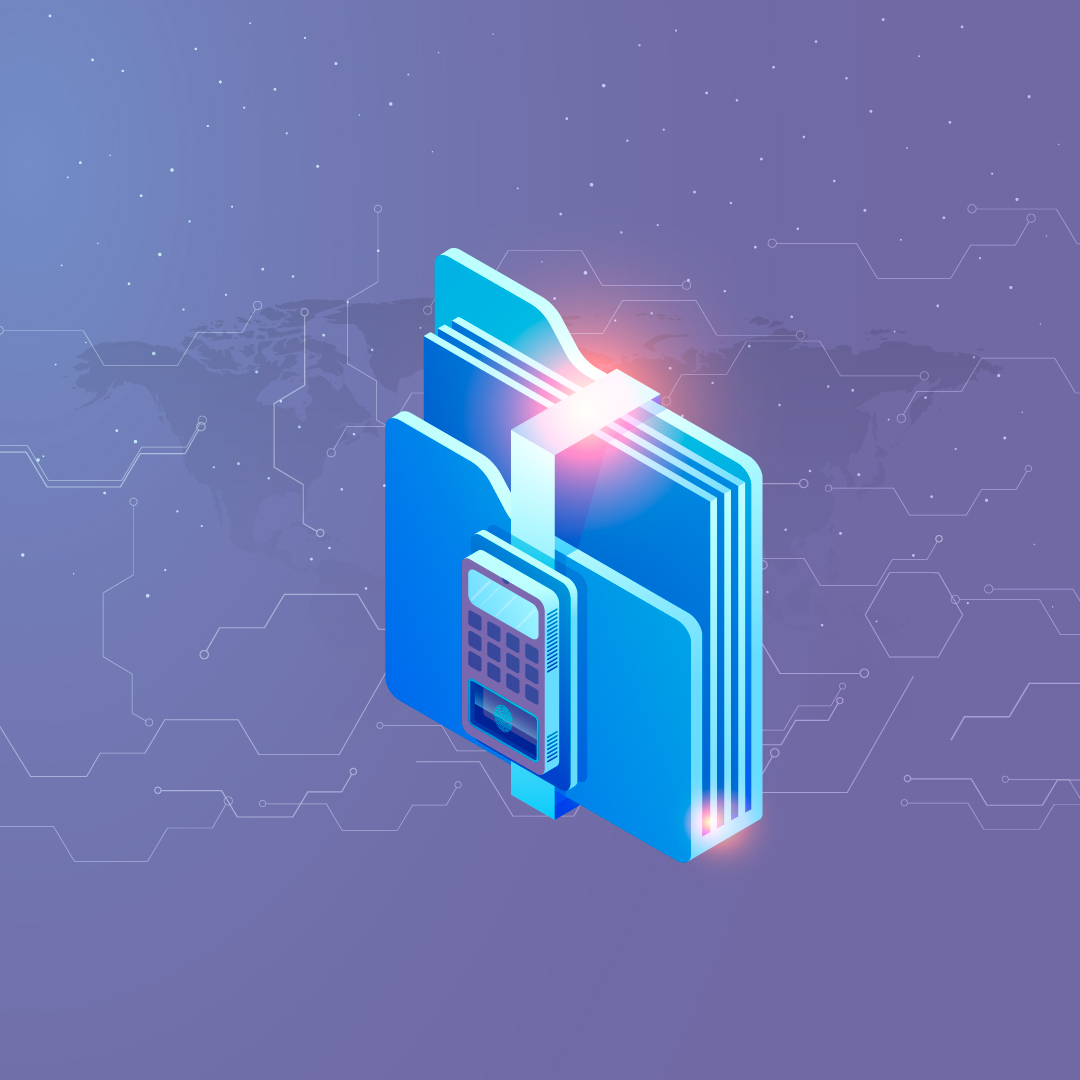- Cheaper than Cloud
How does tape technology compare to some of the cloud-based archiving options on the market today? The reality is that all on-premise storage is more affordable than cloud storage for long-term use. Cloud’s greatest cost advantage is that it is billed monthly as an operational expense, which translates into a very low cost of acquisition when compared to the greater upfront investment required to purchase tape hardware. The key to a comprehensive cost analysis is to evaluate the total solution, how long data needs to be kept and how much data will be stored over time. When data capacity is high and moderate retention periods are in place, the cost of cloud quickly adds up. It’s not the storing of data per se that is expensive on the cloud, but rather the cost to move it and access it (egress charges).
- Greater Capacity Roadmap
Disk drives have reached maximum capacity, providing 99 square inches of recordable space per drive. To achieve greater storage capacity, disk manufactures have been forced to create new methods of recording (shingled, heat, helium filled), but limitations are still a major hurdle. By contrast, an LTO-8 tape cartridge has 18,898 square inches of recordable space with the ability to add additional tape for future technology. As each future generation of tape technology is released, customers can expect continual storage capacity increases. Despite growing data sets, tape technology enables end users to either maintain a similar footprint or possibly shrink the footprint by upgrading to new tape generations.
- Unsurpassed Longevity & Durability
Hard disk drives traditionally have a life of three to five years. Bare disk drives could last for even shorter periods with their unpredictability, and if they are stored outside of any kind of data monitoring system, the data could be inaccessible without the end user knowing it. When stored properly, tape media can last up to 30 years. Tape-based storage offers superior durability over traditional disk-based storage and most any modern storage medium. Furthermore, tape cartridges can be ejected and transported to any location in the world for safe keeping or disaster recovery.
- Protection from Cyberattacks
Most tape cartridges typically reside in robotic tape library slots or in manually accessed media storage racks, meaning they are online only when the tape cartridge is mounted on the drive. The offline nature of tape inherently defines the “tape air gap” and has become a critical component of a robust data protection strategy to confront cybercrime. An air gap is an electronically disconnected or isolated copy of data that prevents cybercrime from attacking an organization’s backup, archive or other data. Without an electronic connection or pathway to tape (or any other type of offline media), files stored on tape can’t be hacked, encrypted, or deleted.
- Background Migration
Two common points raised against tape technology is the migration process to new tape generations and tape’s limited backwards compatibility. Let us put these claims into perspective. Firstly, while migrating to new tape technology is something that can benefit customer dealing with growing data sets, there is no requirement to migrate data to the newest tape technology as soon as it is made available. Migrations should happen when it is best for the organization, be it for capacity reasons, to save money by improving density, performance increases or other feature changes. Spectra Logic currently supports LTO tape technology through to the LTO-4 generation, which was released in 2007. If this same data that was stored on disk, it would have had to be migrated two to four times by now given the three to five year life of HDDs. With support of LTO-4, this data on tape still would not have to be migrated.
Moreover, new generations of tape technology can be purchased and implemented without data migration. Simply put the new tapes into a new library partition to which all new data can be written; any older data needing to be restore can be accessed with the older drives. In a backup environment, the older drives and media will expire with no migration necessary. In an archive environment, migrations are not required, but have become much easier with the assistance of other software and hardware packages. Spectra Logic’s MigrationPass program assists customers with planning and executing a number of different migration plans in the most seamless way possible. More information on MigrationPass can be found here.
Spectra Logic has been dedicated solely to storage innovation for more than 40 years, and our modern tape storage solutions boast world-class support 24 hours a day, seven days a week. Whatever challenges you face with your backup and archive environments, our experts can help – contact us today.






